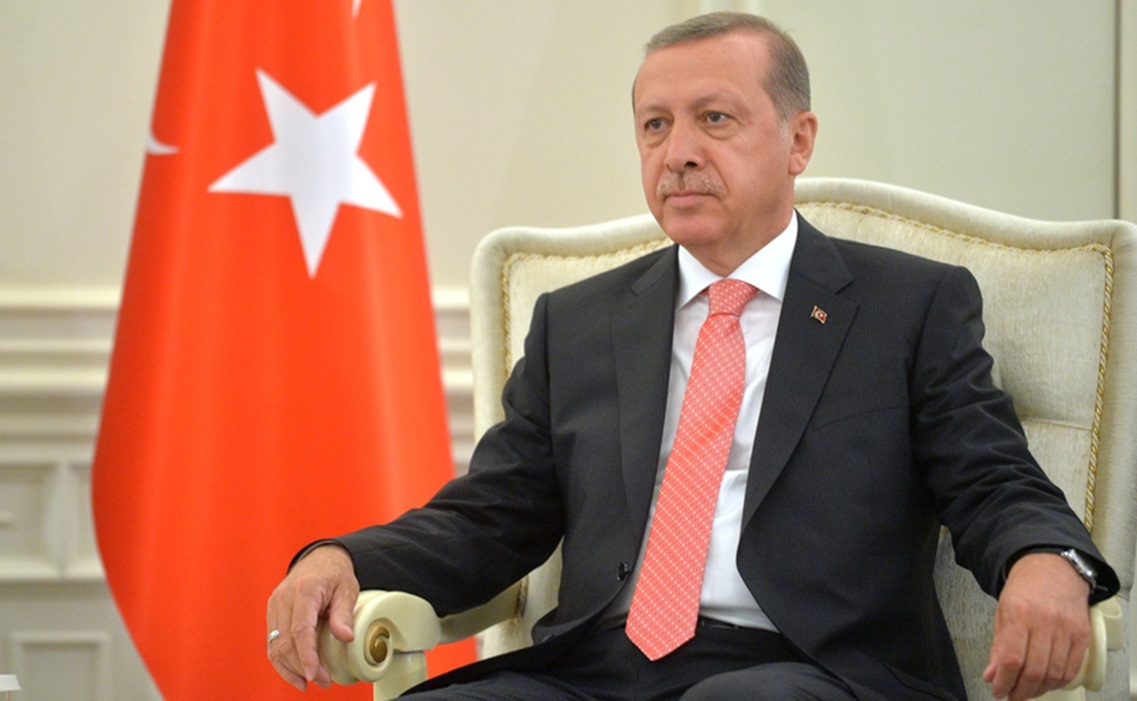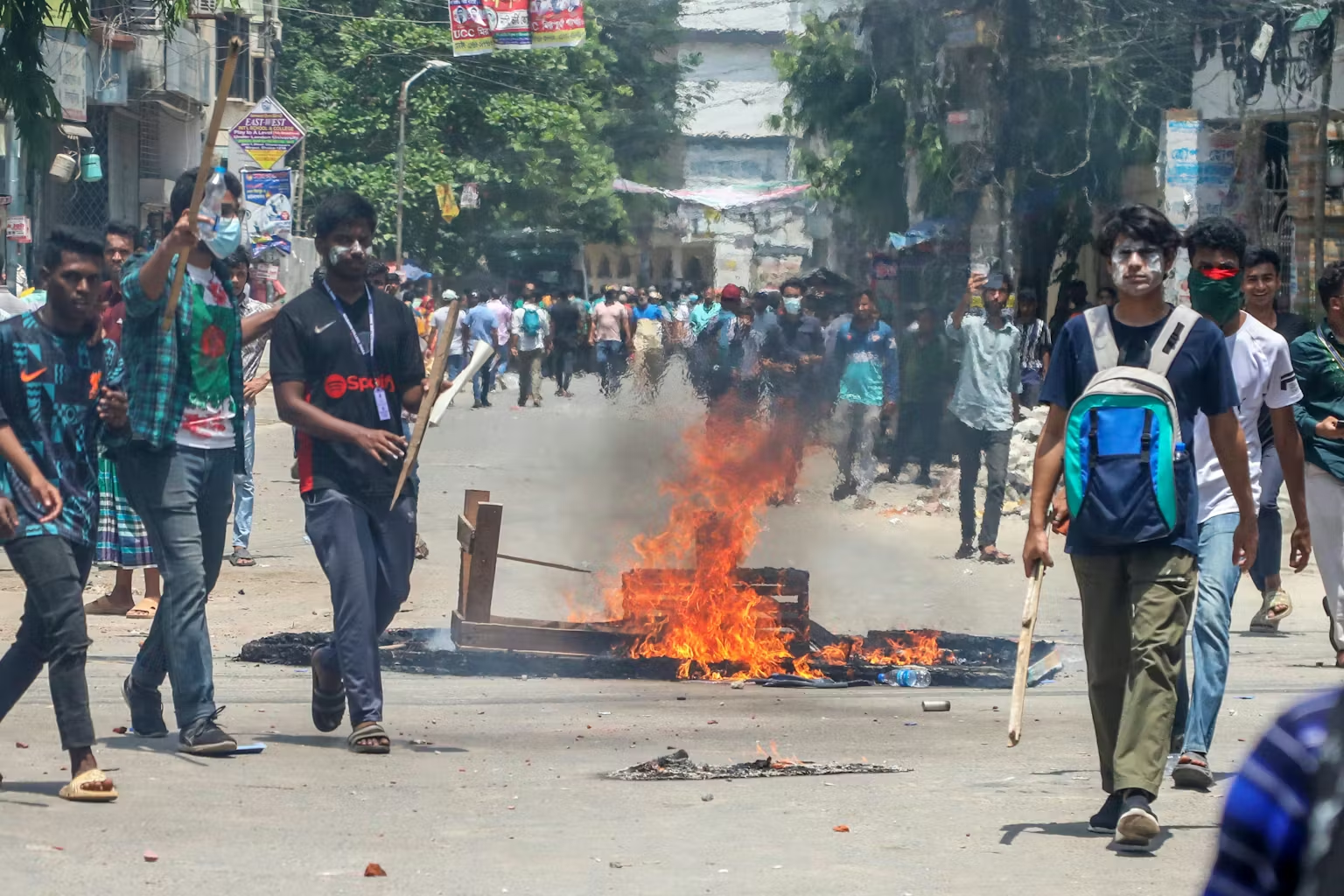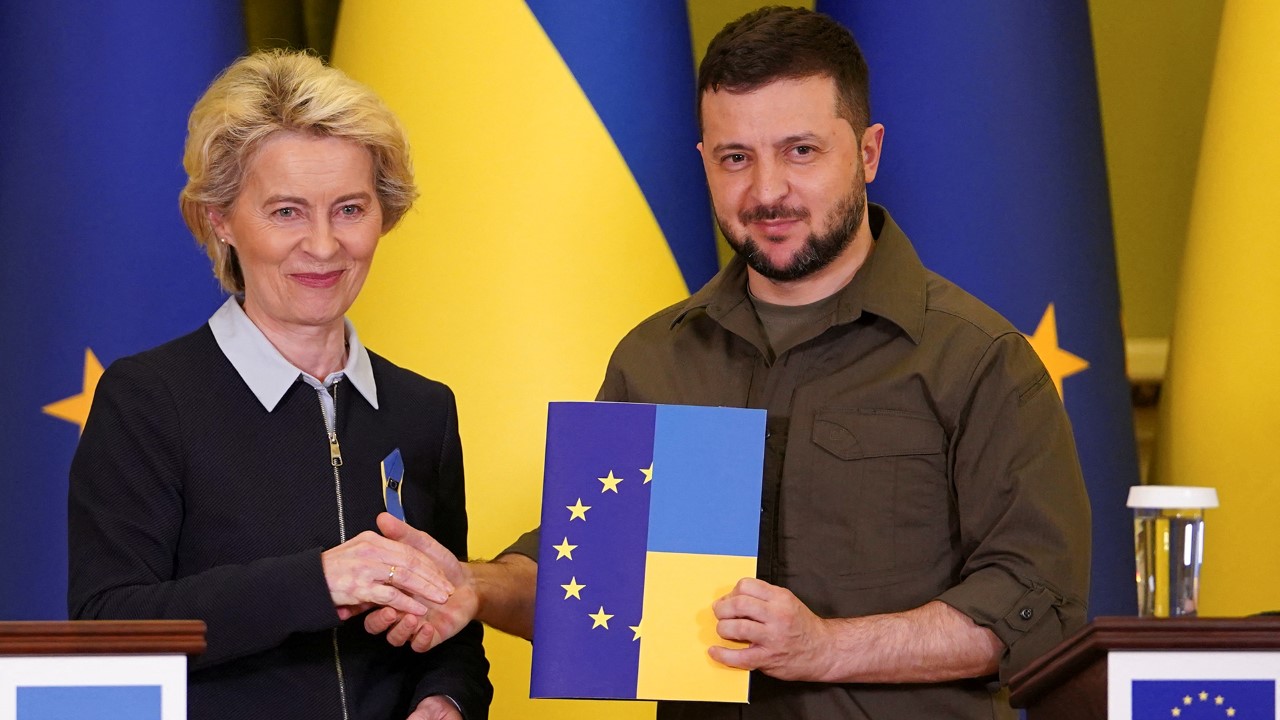Military doctrine provides a framework for understanding the approach towards warfare. These are a set of principles that guide the Armed Forces in support of our National objectives. It caters for future conflicts and technology. The joint military doctrine, on its part, provides foundations for greater integration and interdependence, to achieve higher interoperability and compatibility among triservices. The rapidly changing technology and character of conflict are constantly creating new challenges to the Indian Armed Forces. India’s military doctrine is evolving after each engagement from Kargil to Sindoor.
India’s national security has been shaped by the tough realities of its neighbourhood, cross-border threats, and the ever-present challenge of protecting its people and interests. While the country has not released an official National Security Strategy, a distinct and evolving military doctrine has emerged, shaped not by white papers alone but by real operations on the ground.
From Kargil’s icy heights in 1999 to the precision of Operation Sindoor in 2025, India’s doctrine has grown from a cautious response to confident, calibrated action. This evolution tells the story of how lessons from the past are guiding the future.
Kargil 1999: The Wake-Up Call
Operation Vijay was India’s response to Pakistani intrusions in the Kargil sector. The military regained key heights, showcasing incredible bravery and high-altitude warfare skills. But Kargil also exposed gaps: poor intelligence coordination, lack of Army-Air Force synergy, and a reactive stance. It was a tough lesson—India needed better joint operations, sharper intelligence, and readiness for limited war under nuclear threats.
Parakram 2001–02: A Costly Standoff
After the Parliament attack, India launched Operation Parakram—its largest military mobilisation since 1971. Troops moved to the border, but slow mobilisation and lack of surprise meant little action followed. The absence of a joint command structure and the nuclear overhang further restricted India’s options. For over ten months, the troops waited. The cost was high, and the impact was minimal.
Parakram drove home one truth: India needed a quicker, smarter response mechanism—not just strength, but speed and precision.
A Doctrinal Shift: From Parakram to Surgical Strikes
What followed was a quiet revolution in India’s defence thinking. Between 2002 and 2016, planners focused on agility. The Cold Start Doctrine—never officially declared—proposed swift, limited attacks using smaller, mobile battle groups. India also began improving jointness between forces and sharpening escalation control.
In 2016, India struck across the Line of Control in response to the Uri attack—this time with speed and precision. No lengthy mobilisation, just focused, coordinated strikes. The 2019 Balakot air strikes after Pulwama showed similar thinking: quick air action, deep inside enemy territory, with a clear message and minimal escalation.
India’s military posture had changed—from slow and reactive to quick, bold, and controlled.
Doctrines Get Formal: 2017 and Beyond
These operations laid the foundation for a more structured approach. The Indian Armed Forces adopted the Joint Doctrine in 2017 and the Land Warfare Doctrine in 2018, focusing on:
- Faster troop movement
- Inter-service planning
- Cyber and electronic warfare readiness
- Better communication with political leadership during crises
- India had moved from silence to synergy.
Sindoor 2025: Doctrine in Action
Operation Sindoor, in 2025, was a surgical military strike against cross-border terror hubs. The difference this time? It felt routine. That’s how doctrine should work—when preparation makes the extraordinary feel planned.
Sindoor showcased
- Seamless coordination between the Army, Air Force, and intelligence agencies
- Speedy, low-collateral operations
- Controlled messaging to avoid global panic or domestic unrest.
In essence, Sindoor was Cold Start, jointness, and escalation control—all rolled into one operation. It proved India had absorbed its lessons and applied them well.
What This Journey Tells Us?
- Kargil exposed our blind spots
- Parakram taught us that speed and surprise matter
- Surgical Strikes and Balakot showed we could hit back without triggering war.
Sindoor confirmed that our new doctrine works. India’s national security thinking is now dynamic, shaped by field experience and strategic clarity. While formal publication of a National Security Strategy would bring transparency and alignment, the path so far reflects a confident shift—from passive defence to active deterrence.
The Road Ahead
India’s strategic doctrine must continue to adapt to new threats—whether from state actors, terrorists, cyber adversaries, or even space. A robust doctrine also needs to tie in emerging technologies like NAVIC for navigation and Akashteer for air defence integration.
Most of all, India’s strategy must remain rooted in autonomy—choosing action when needed, silence when wise, and always prioritising national interest.
Disclaimer: The views and opinions expressed by the author do not necessarily reflect the views of the Government of India and Defence Research and Studies
Title Image Courtesy: The Print









